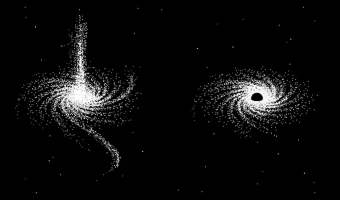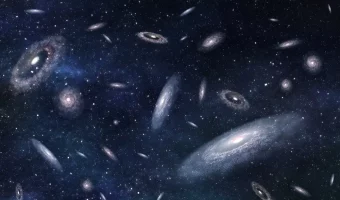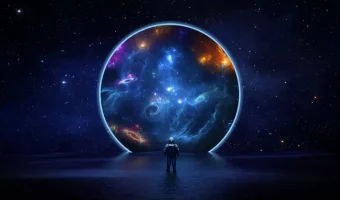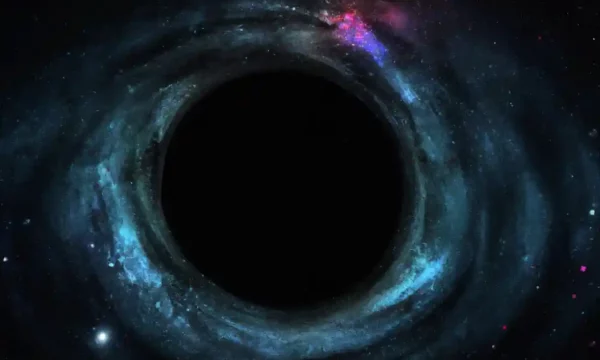
10 Interesting Facts About Black Holes
Last Updated: October 11, 2022
You may believe that black holes are giant monsters that grow indefinitely and will eat away the universe. However, black holes don’t grow forever since they continuously emit radiation, leading to their evaporation. This radiation is termed Hawking radiation, named after Stephen Hawking, its discoverer.
The bigger a black hole is, the more time it will take for it to evaporate. However, even if small black holes evaporate faster, it’s a lengthy process that can’t be witnessed in one lifetime. Yet, this doesn’t mean black holes can’t reach astronomical proportions. In fact, some of them are bigger than our whole solar system. Here are ten more interesting facts about black holes!
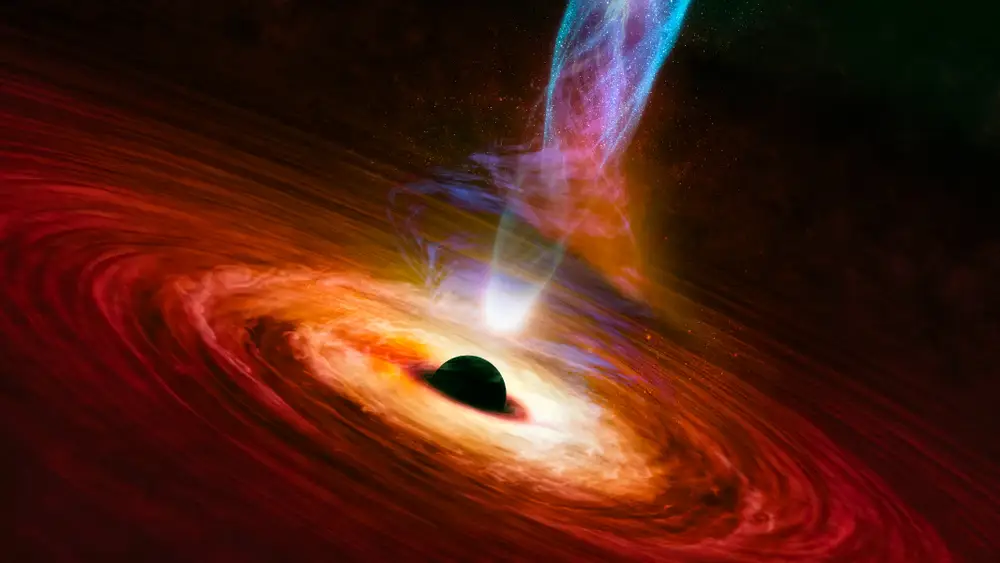
Black holes are some of the most powerful known objects in the universe.
1. Theoretically, anything can become a black hole
Our current understanding of physics seems that anything can become a black hole. In theory, if you could shrink something sufficiently enough, all that compressed matter becomes exceptionally dense, resulting in the creation of a black hole.
In reality, we currently know that black holes are created when stars about 20 to 30 times more massive than our sun suffer gravitational collapse. According to the Space Telescope Science Institute, about one in every thousand stars is massive enough to become a black hole.
2. Black holes are common throughout the universe
Just knowing that a black hole can exist is terrifying and mysterious enough. However, the thought is even more frightening when we consider that billions of black holes exist in our universe.
According to NASA estimates, our galaxy, the Milky Way, may well host anywhere between 10 million to one billion stellar black holes. And that’s just our galaxy, which is one out of over 100 billion galaxies out there.
3. Albert Einstein didn't discover black holes
Contrary to popular belief, Albert Einstein wasn’t the one to discover the existence of black holes. His theory of general relativity does predict their existence. However, the scientist Karl Schwarzchild used Einstein’s theories and equations to prove the existence of black holes.
Schwarzchild accomplished this in 1915, the same year the theory of relativity was published. In astrophysics, a Schwarzchild radius is a measurement of how small an object should be compressed to create a black hole.
However, even before Einstein and Schwarzchild’s observations, other scientists hinted at the existence of black holes. One such example is the British polymath John Michell who predicted the existence of “dark stars” that had a great mass and were so compressed that not even light could escape their gravitational pull. The official name for these dark stars, now known as black holes, occurred in 1967.
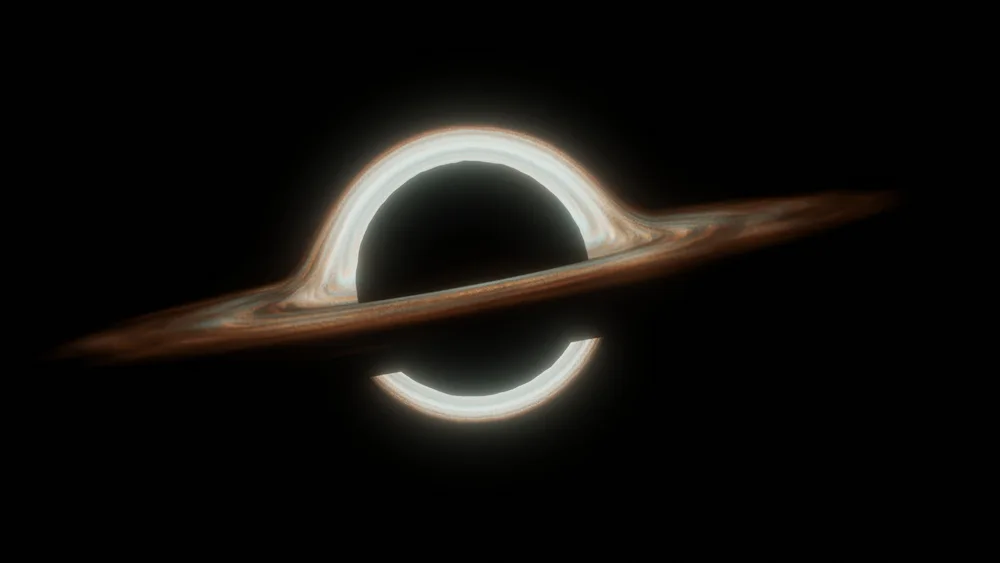
The ring of light around the black hole is called the accretion disk.
4. Black holes may have a counterpart
Black holes are the core remnants of collapsed stars that suck in all the matter around them. They are the universe’s vacuum machines, and their functionality might very well be a good one. With all the matter floating around in space, from supernova explosions or other events, so many other celestial objects would be endangered. This is because the remnants of other planets and stars might very well result in collisions with other objects.
This is why black holes, with their sucking ability, may be a good thing. Many theorize that white holes also exist but have a counter functionality. White holes, instead of sucking in a matter like black holes, spill matter into the universe. If you can enter a black hole, then you certainly can’t enter a white hole. If white holes are proven to exist, and many believe they do, black holes, in general, become even more interesting. Who was first in this cosmological battle? Do black holes suck matter and then spill it out somewhere else? Or were white holes first and black holes created as a counter-action?
5. Black Holes are more efficient in creating energy than regular stars
Stars, like our sun, create huge amounts of energy through nuclear fusion. Nuclear fusion converts about 0.7% of mass into energy as small atomic nuclei combine to form a single heavier one.
However, black holes are 9.3% more efficient than stars when it comes to producing energy, and this is because of the disk of material that orbits around them. The material nearest to the fringe of the event horizon on the inner edge will orbit at higher speeds than the matter at the disk’s outer edge.
This is since a black hole’s event horizon has a stronger gravitational pull the closer you are to it. Since the matter is orbiting and moving rapidly, the materials heat up to billions of degrees. Through this process, mass is converted into energy. The process is known as blackbody radiation.
6. You wouldn't want to fall into a black hole
Have you ever heard about spaghettification? This might happen to you if you fall into a black hole. Though the name sounds funny, the way it works is terrifying, and this is because of how gravity works.
For example, your feet are closer to the earth’s center than your upper body, and thus they are more strongly attracted. Near a black hole, your feet will be stretched first by gravity’s pull as it sucks you in. Since it is farther away from the center of the black hole, the upper part of your body will also be sucked in but at a slower speed, resulting in a literal stretch into a long spaghetti-like strand.
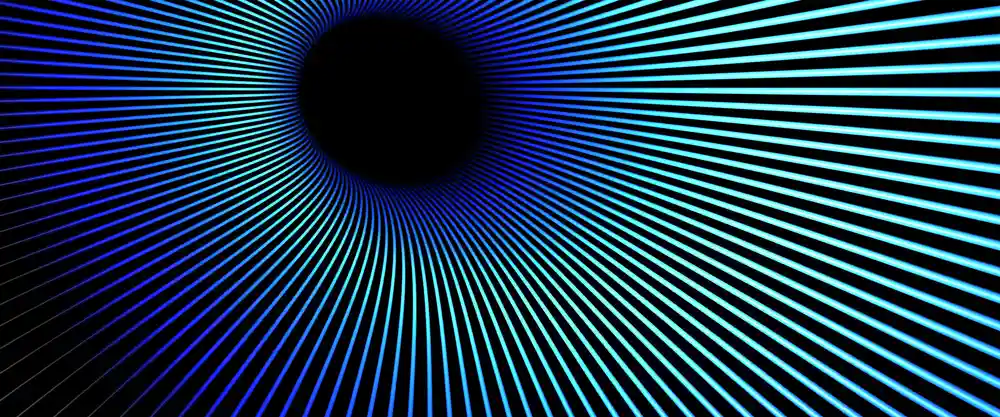
Falling into a black hole would probably be the trippiest way to die. Where will your atoms go?
7. Black Holes can merge and get bigger
Galaxies tend to merge and grow more prominent as a result. However, when this happens, black holes do the same. Many believe that supermassive black holes are the result of such collisions.
Right now, the Andromeda galaxy is on a collision course with our galaxy, the Milky Way. When the two galaxies merge in about 4.5 billion years, the supermassive black holes at their centers will merge into an even greater black hole.
8. Most galaxies have a supermassive Black Hole at the center
Our Milky Way has a supermassive black hole at its center named Saggitarius A*. It is about 5,000 light-years away from us. One of the closest galaxies to ours is Andromeda, which also has a supermassive black hole at its center, about 100,000 times the mass of our sun.
Many other galaxies that scientists analyzed often showcased the same scenario. Supermassive black holes are frequently present at most galaxies’ centers.
9. Time slows down near a Black Hole
One of the most mind-boggling aspects of black holes is their effects on time. According to Einstein’s theory of general relativity, time actually slows down near a black hole. This effect is known as “gravitational time dilation.”
As a general rule in the theory of relativity, the faster you move, the slower time passes for you. If you were to reach the event horizon of a black hole, the strong gravitational pull would make you move so fast it would slow down time itself.
For someone outside of the black hole, it would appear as if time has stopped for you. But from your perspective, you could turn around and see the outside world move at a fast pace… during that one second you have left before all the light disappears.
10. Black Holes have three layers
If we were to dissect a black hole, we would see that it has three layers: the outer layer, the inner layer, and the singularity. The outer layer is referred to as the outer event horizon, which is the boundary around the mouth of the black hole.
Near this region, the gravitational pull isn’t strong, and objects can still escape a black hole. The inner layer, which is in the middle, is referred to as the inner event horizon. Here, the gravitational pull is so strong that not even light can escape from it.
Once an object reaches this layer, it begins to fall down toward the center of the black hole. This is where the mass is concentrated. The center of a black hole, the singularity, has an even greater gravitational pull.
Conclusion
Black holes are some of the most mysterious and powerful objects in the universe. They defy our understanding of physics and have mind-bending effects on time and space. We may never fully understand them, but that doesn’t make them any less fascinating. Not long ago, scientists managed to take the first-ever image of a black hole. We can only imagine what new discoveries await us in the future.
In the meantime, there are plenty of simulations and models that can help us visualize what black holes are and how they work. In the below VR 360 simulation, you can experience what it would be like to fall into a black hole. Be sure to have your VR headset ready if you have one! It’s terrifying!
If you want to learn more, there are many great resources out there: books, podcasts, space documentaries, and more! So keep learning, keep exploring, and don’t get sucked into a black hole!

Written by Hrenciuc Daniel
Hello, my name is Daniel and I am a space enthusiast. I love everything related to space and SCFI, and although I like both Star Wars and Star Trek, I believe we will find something entirely different out there. I am an astronomy writer with a passion for both history and mythology. Each star has its tale. Let me tell you their story!
Wow! There's more to read 🚀
This page is part of our collection of articles about astronomy. If you enjoyed the read, then you’ll love the following articles.
